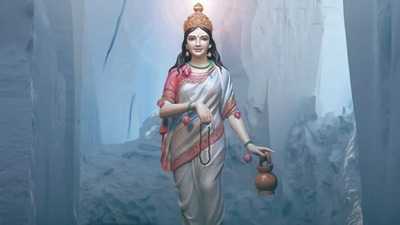
Navratri 2025: Navratri 2025 Day 2 is dedicated to Maa Brahmacharini, the symbol of austerity, devotion, and spiritual strength. Devotees observe rituals, colours, and puja vidhi to seek her blessings for wisdom, peace, and perseverance
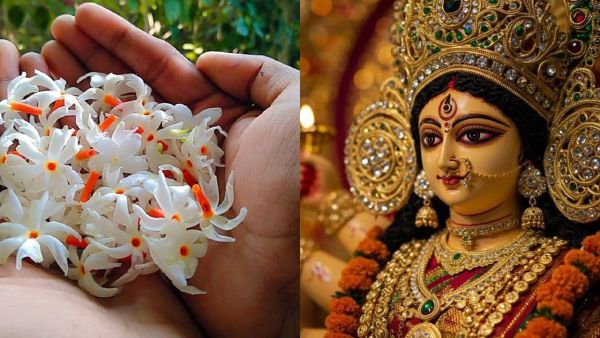 Who is Maa Brahmacharini?
Who is Maa Brahmacharini?
On the second day of Navratri, Maa Brahmacharini, the unmarried form of Goddess Parvati, is worshipped. She is depicted as barefoot, holding a jap mala in one hand and a kamandal in the other. Her penance, performed to win Lord Shiva, signifies supreme devotion and sacrifice. Legends say she even gave up food and water, earning the name Aparna, until Lord Shiva tested her devotion in disguise.
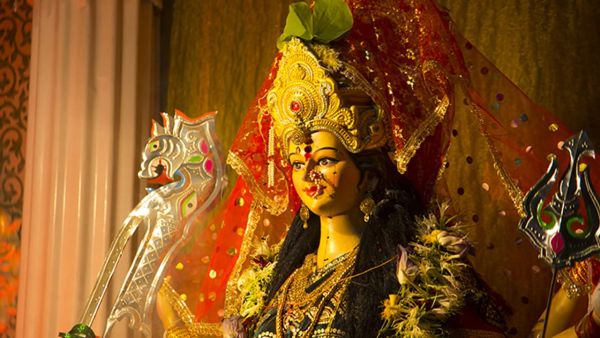
This form of the Goddess represents discipline, purity, and perseverance. She is believed to bless devotees with peace of mind, patience, and determination. Worshippers pray for longevity, protection from untimely death, and guidance on the path of spiritual growth. Maa Brahmacharini is also associated with the planet Mangal, which governs fortune.

According to the Panchang, important muhurats on Day 2 include Brahma Muhurta (04:35 am–05:22 am), Abhijit (11:49 am–12:37 pm), Vijaya Muhurta (02:14 pm–03:03 pm), and Nishita Muhurta (11:50 pm–12:37 am). Devotees perform rituals during these sacred windows for maximum blessings.
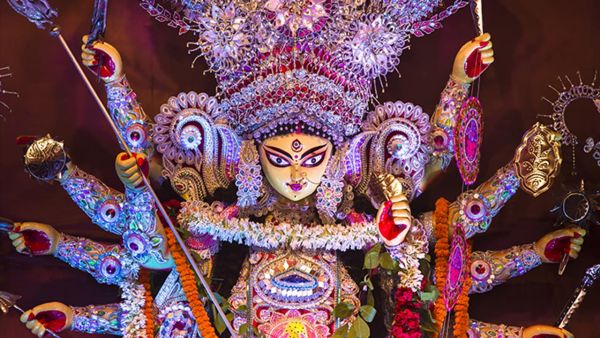
Red is the chosen colour for Navratri Day 2. It symbolises strength, love, and passion. Wearing red during puja and offering a red chunri to the Goddess is believed to invoke energy, vitality, and divine blessings for a fulfilling life.
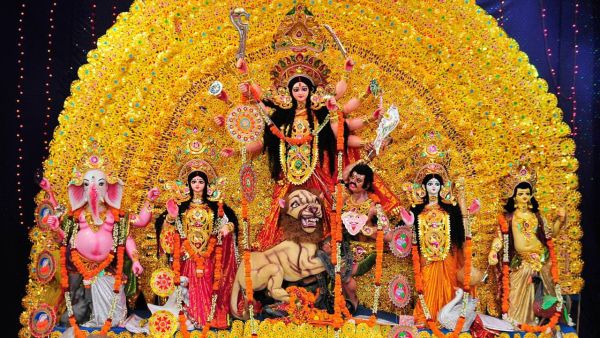
The puja begins with cleaning the altar and preparing the Kalash with water, betel leaves, and a coconut. Devotees then place the idol or image of the Goddess, adorning it with flowers and a red chunri. Offerings include kumkum, rice, white or lotus flowers, Panchamrit, ghee diya, dhoop, and incense. The mantra “Om Devi Brahmacharinyai Namah” is chanted, ideally 108 times. The puja concludes with aarti, hymns, and distribution of prasad.
-
France recognises Palestinian statehood at United Nations meeting

-
IND vs BAN Playing XI: Rinku Singh Set For Asia Cup Debut, Bumrah To Be Rested

-
Habitat's William Morris range is perfect for autumn with items £100 cheaper than designer

-
BBC Antiques Roadshow guest told 'you must make a choice' in emotional scene

-
Dunelm's £20 lamp 'looks much more expensive than it is' and it doesn't need a socket
